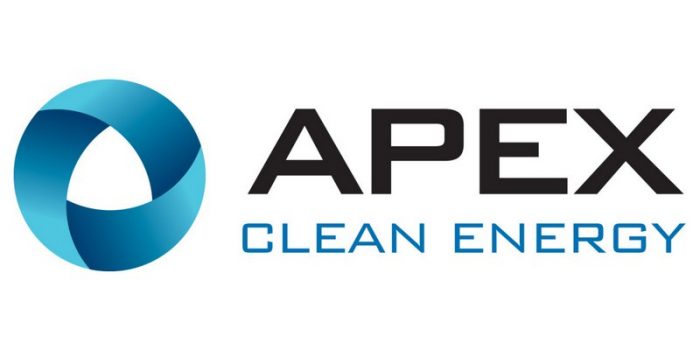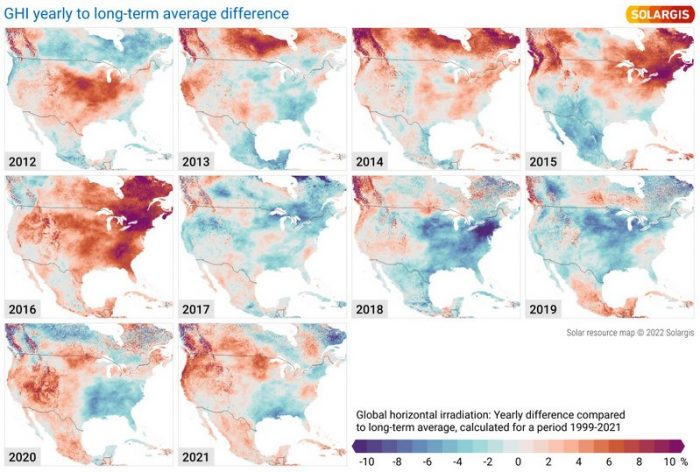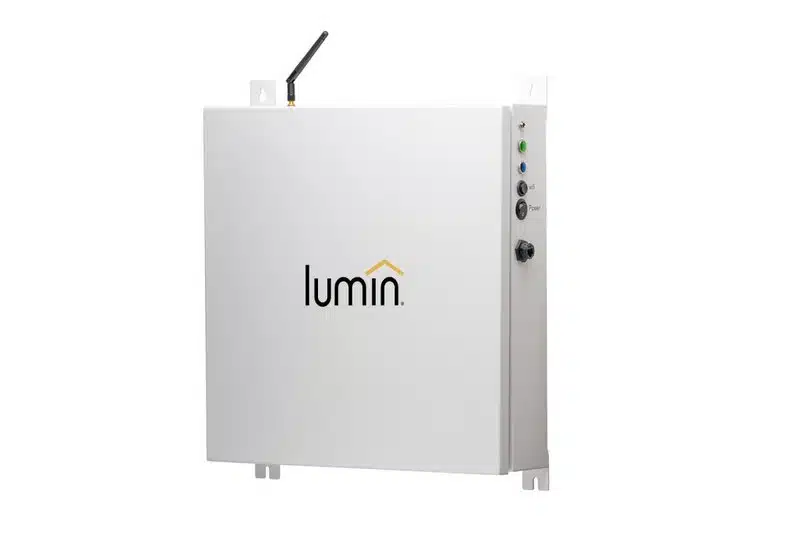Apex Clean Energy using Solargis’ granular data to optimize bifacial solar, storage projects

According to the National Renewable Energy Laboratory (NREL), bifacial modules could already comprise up to 50% of installed U.S. capacity. Yet, questions remain about how well bifacial modules are being optimized. Independent power producer Apex Clean Energy is now working with Solargis, a provider of solar data and software services, to utilize extensively validated albedo data to measure surface reflectivity, unlocking better overall project designs and performance.
“As the technological complexity of solar assets increases, high quality resource data becomes more essential every day,” says George Szabo, Director of Solar Design for Apex Clean Energy. “Apex strives to create tangible value for every project, and Solargis – with the lowest GHI model uncertainty and interannual variability when paired with our ground-monitoring stations – has enabled our team to do so.”
Apex is using Solargis data to optimize over 120 of Apex’s solar projects during design, development, and operations.
The data is also useful for optimizing any storage integration. A drive to unlock the full benefits of solar plus storage projects has driven growing demand for accurate sub-hourly time series data. Through their partnership, Solargis has provided Apex Clean Energy with accurate one- and five-minute data to support seamless battery operations and better grid integration.

Giridaran Srinivasan, Solargis’ CEO for the Americas, said: “Rising transparency around crucial project decisions means U.S. renewable investors are scrutinizing financial projections rigorously. We have been consistently impressed by Apex Clean Energy’s robust data use of high-quality data and commitment to accuracy over the two years we’ve worked together, and we look forward to supporting the wider U.S. solar sector as it takes a leap forward and adopts a best practice approach to solar resource data.”





Comments are closed here.